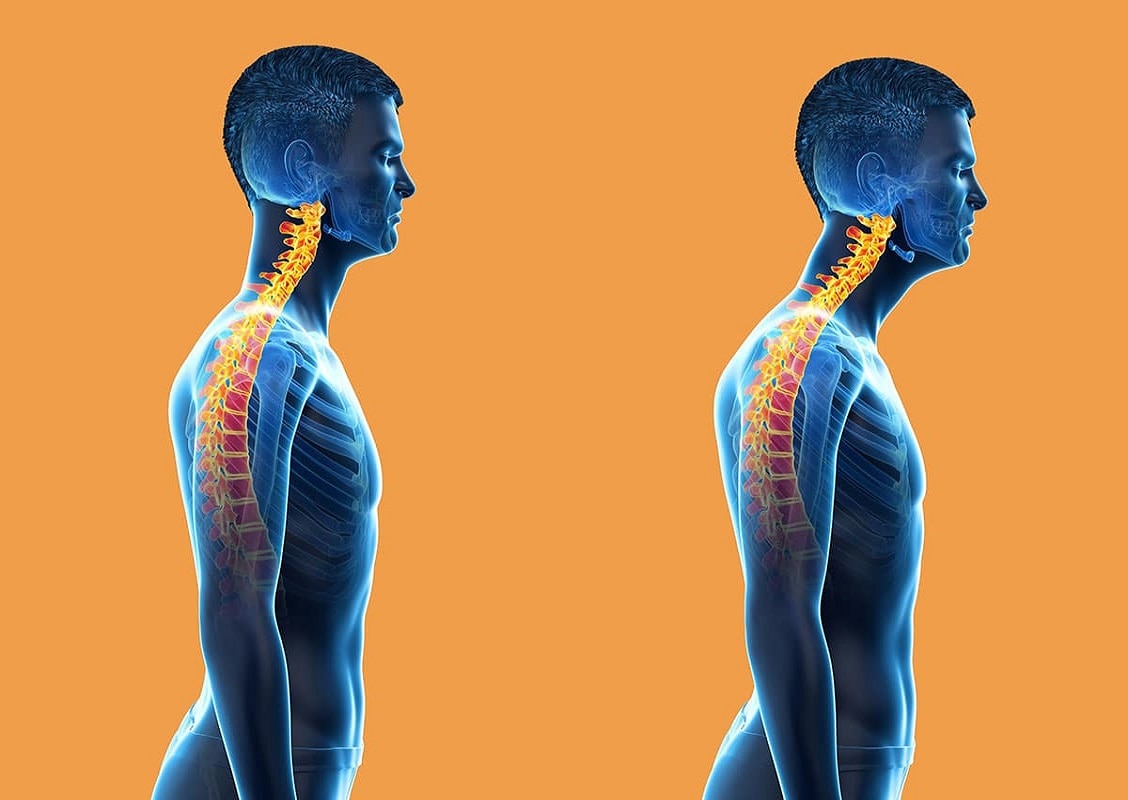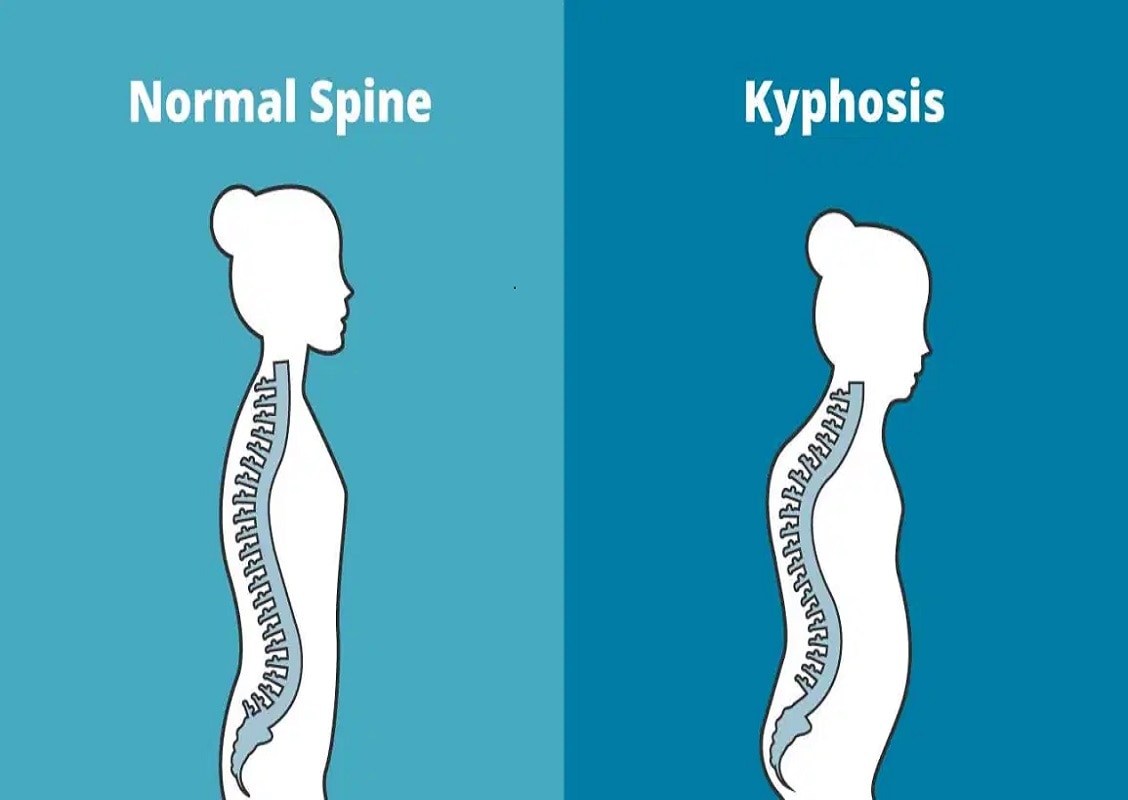We can not deny the impact of science and its evolution on various aspects of our lives. As much as we still have to deal with climate change and whatnot, science has made things easy for us - and we should be more appreciative.
One of the ways science has blessed us is through our well-being. A lot of intellectual studies have been carried out to ensure we have better health and fitness. Ergonomics, for example, is a science that studies the relationship between individuals and their work environment.
Ergonomics focuses on modelling workplaces based on employees' needs and physical limitations. Also, it is all about promoting the efficiency of various workspaces.
With the present-day work limitations, ergonomics is more crucial than ever, as it is a unique way to keep workers in good health and peak physical condition. Hence, a lack of proper ergonomics in your office can lead to different health issues, including postural defects.
This article will cover various postural disorders resulting from poor ergonomic practices in an office. These physical health issues may include:
1. Forward Head

In a natural position, the ears and shoulders should be aligned with your body’s vertical midline. But, in the ‘forward head’ posture, the head and ears are placed in front of the body’s vertical midline.
Because it is primarily caused by the constant hunching over to use a mobile device or computer, this condition can also be called tech neck, text neck, and nerd neck. The forward head is also relatively common in individuals who drive a lot and older adults.
You can prevent this postural defect in your workplace by positioning your computer screen directly in front of you, albeit slightly below your eye level. With a monitor mount, adjusting your computer screen should be pretty straightforward.
Meanwhile, an ergonomic chair with an adjustable headrest would also come in handy. It will provide comfortable support to your head and help relax your neck muscles.
2. Kyphosis

Kyphosis is a condition in which the upper back (the thoracic vertebrae) is absurdly protruded while the shoulders are rounded forward. Hunchback is another name for this postural defect.
As the bones generally weaken with age, the shoulders may begin to round awkwardly while the upper back bulges out. Although kyphosis is mostly seen in older women, it is common in ageing persons of various genders.
Nevertheless, kyphosis may sometimes be seen in younger people due to issues like unhealthy bad posture, polio, Scheuermann's disease, chemotherapy, or cancer radiotherapy.
3. Swayback
Swayback refers to excessive tilting of the hips and pelvis (lumbar region) in front of the body’s midline. It is also called lordosis or hyperlordosis.
With this postural condition, if you view the body from the rear, you would notice the lower back has an exaggerated inward curvature. Swayback can result from sitting for extended periods, which often strains the core muscles of your abdomen, back, and bottom.
If you spend long hours of the day sitting in a chair, investing in a back-support chair would help reduce your risk of developing the swayback. With its unique lumbar support design, the chair will effectively provide flexible comfort for your back - and whole body, preventing discomfort.
Furthermore, you can alternate between sitting and standing positions at your workplace, so you won't have to spend prolonged periods in your chair. A height-adjustable desk is a perfect piece of furniture for this solution.
4. Flat Foot
As the name implies, flat foot refers to a condition whereby the arc of the foot is absent or barely visible. Newly-born babies and infants have flat feet, but they develop the three arches of the foot as they grow older (typically by age 6).
Now, some adults lose the arches in their feet (fallen arches), leading to discomfort and other health issues. Although genetic factors may predispose one to develop flat feet, poor standing posture can exacerbate the painful symptoms of the condition.
While you might not need a significant treatment for your ‘fallen arches’ condition, there are various ways to manage its somewhat painful symptoms. A health professional may recommend physical therapy to help strengthen your foot muscles, nonsteroidal anti-inflammatory drugs (NSAIDs), rest, and ice to help ease the cramps and inflammation that often accompany a flat foot.
At work, you can use an anti-fatigue mat to cushion your feet while carrying out your official duties. It provides a cushioned layer of support for your body, preventing your feet from feeling sore and painful.
Final thoughts
Ergonomics is specifically created to address the issue of bad posture in a work environment. Hence, you can promote comfort and safety in your workplace by engaging in the best ergonomic practices and using the appropriate equipment.
Failure to maintain comfort and postural safety in the office can lead to some postural defects mentioned above. If you want to promote a healthy work culture at your office, check out FlexiSpot’s online catalogue for high-quality ergonomic furniture and accessories.